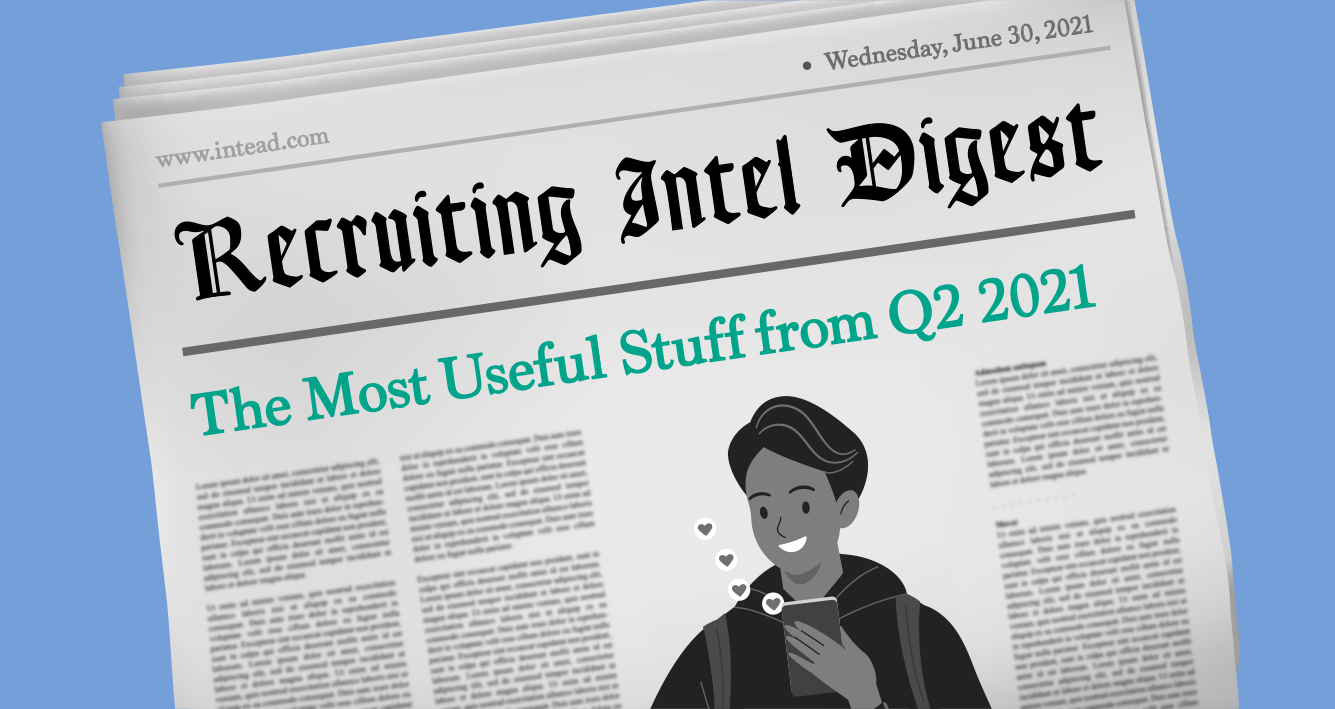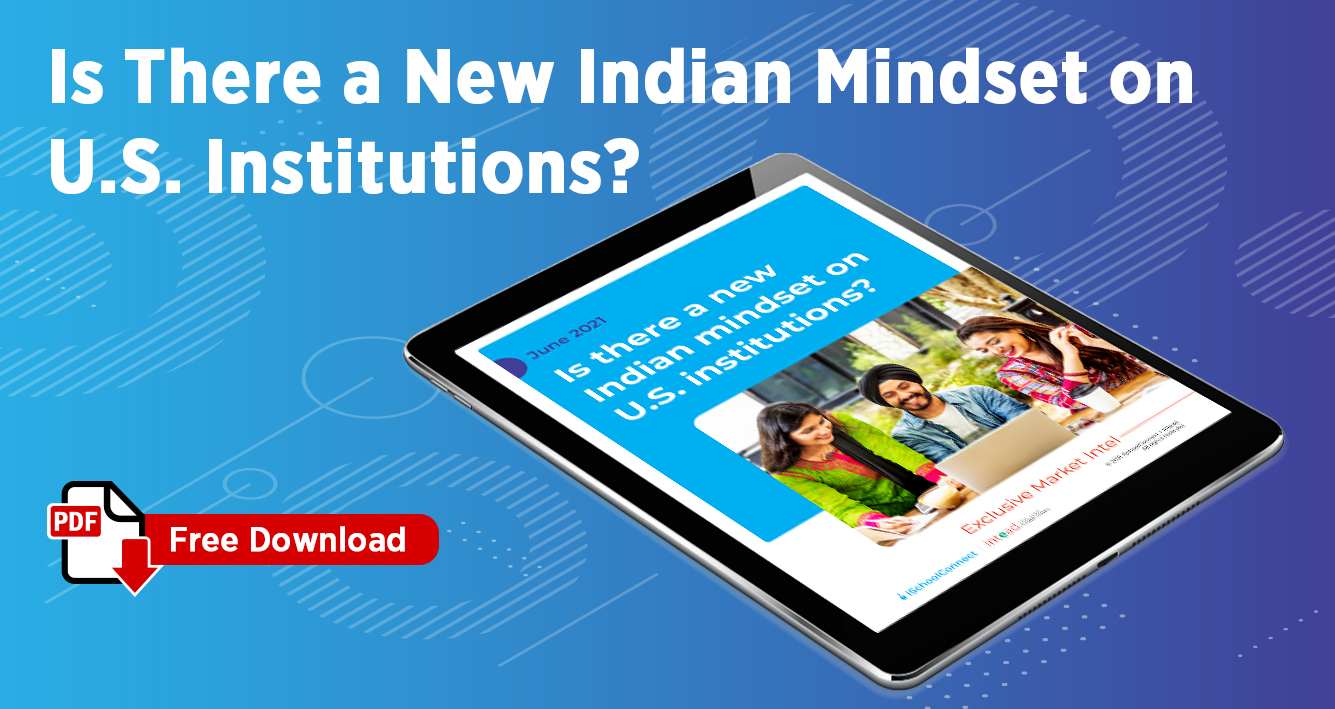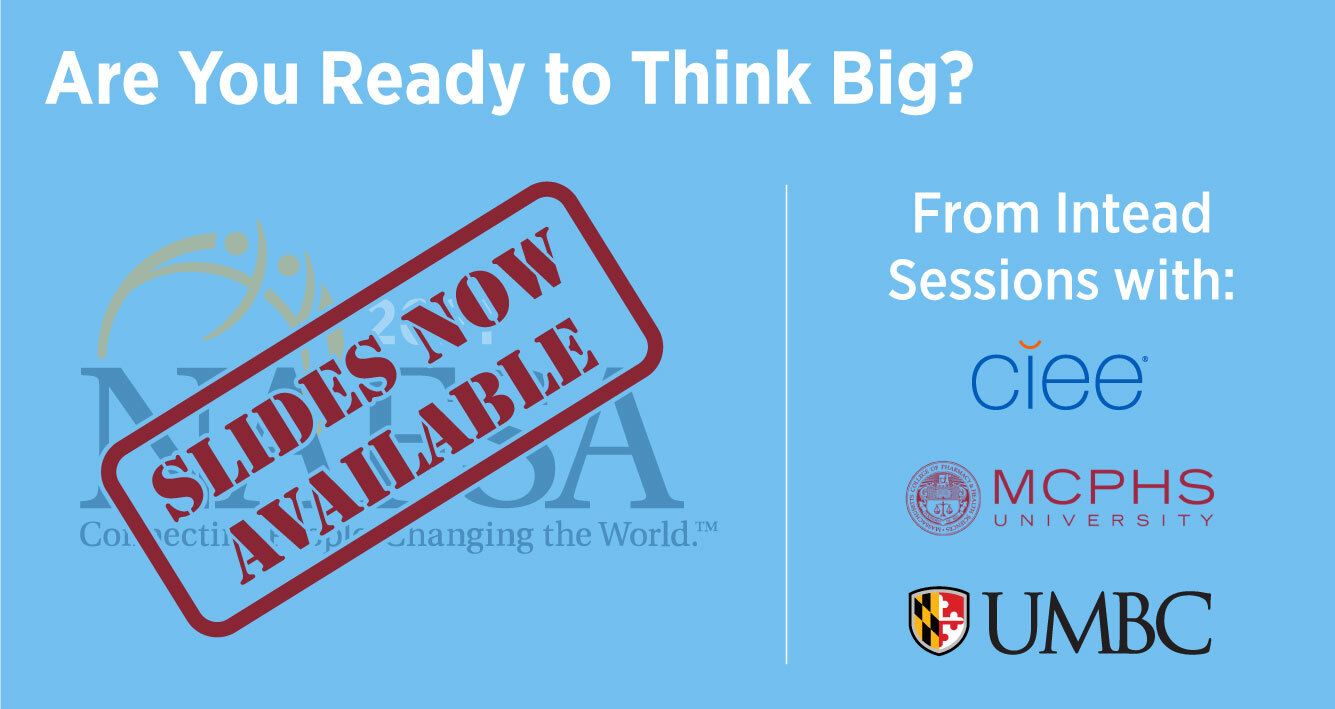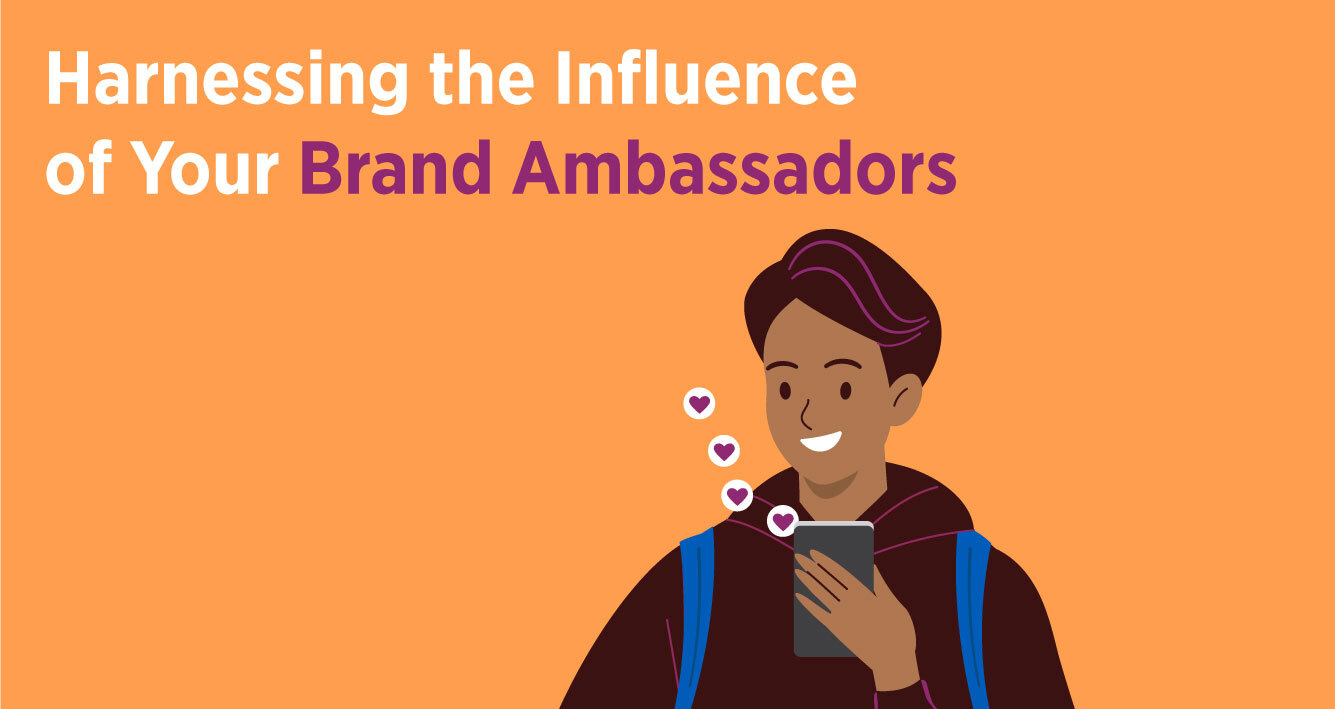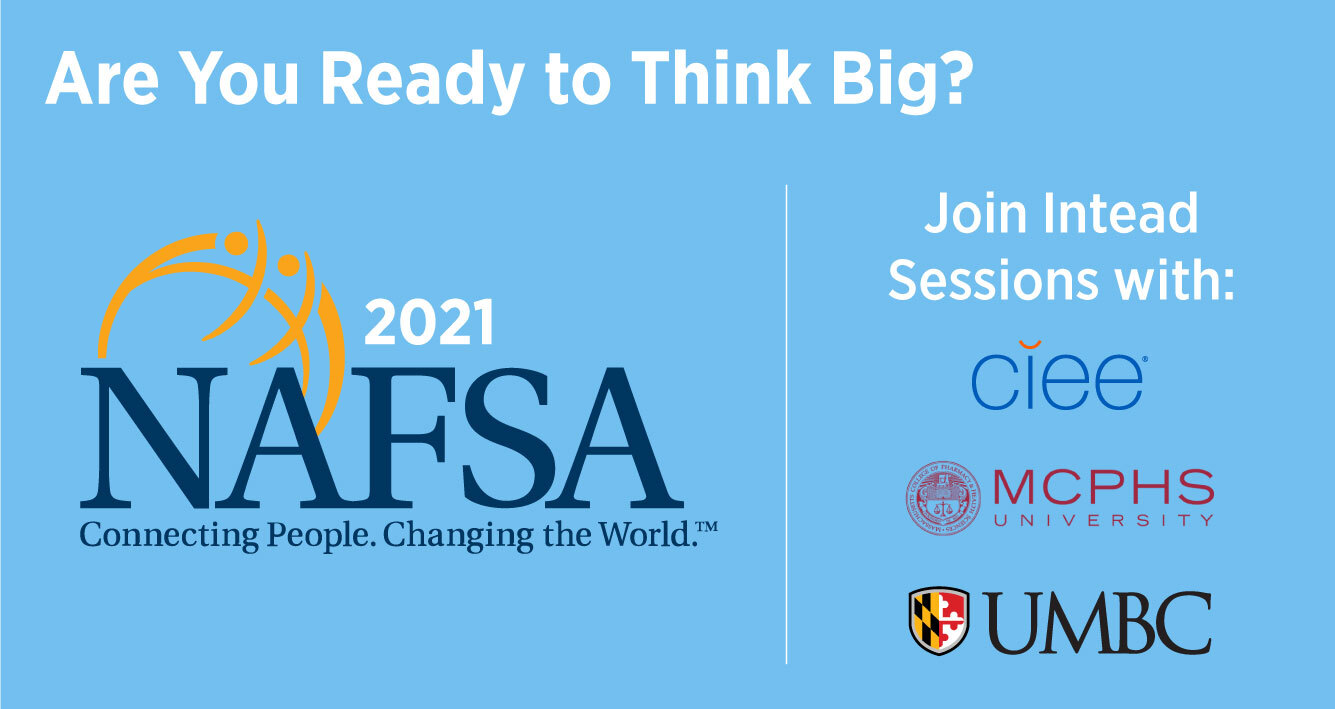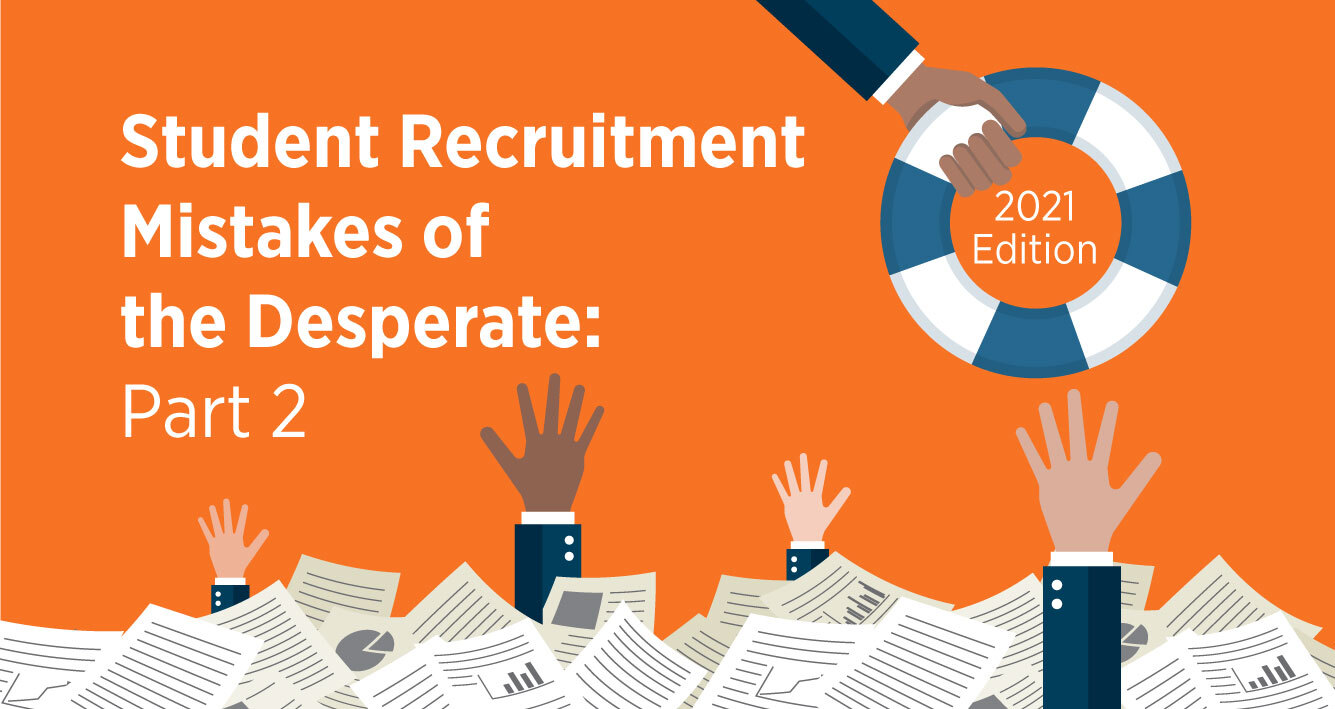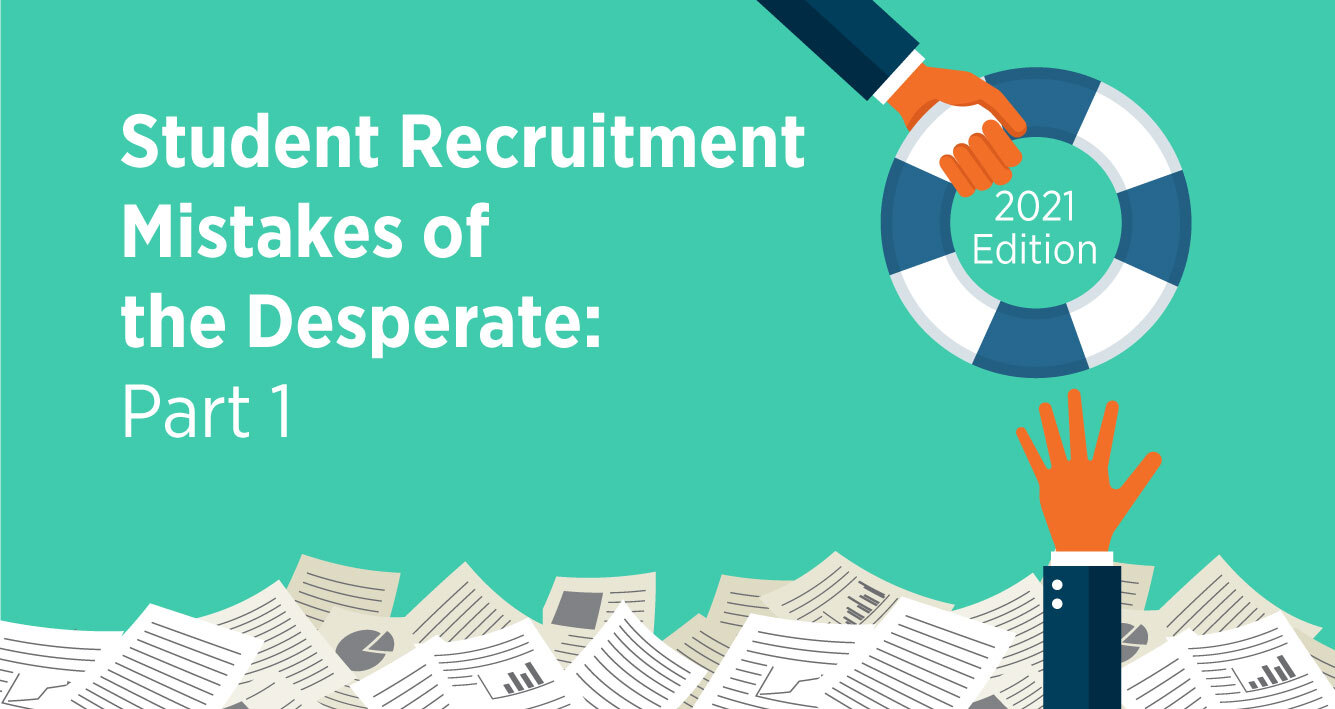Welcome to another installment in our LATAM recruiting series. In part one we shared insights and predictions about Brazilian student mobility. This week, our focus is on Colombia. As you diversify your student sources, Colombia makes for a valuable addition if you are not already active there. COVID creates obstacles for all of our source countries in 2021, but that doesn’t stop us from maintaining important international connections and pursuing the opportunities that endure.
Let’s get down to business and explore some numbers. According to the SEVIS March 2021 report, Colombia has nearly 10,000 active students in the US, with IIE reporting Colombia 23rd in ranking for sending students to US universities. This same report shows the interest in graduate degrees being the preferred choice with a 34% enrollment rate compared to 25% for a bachelor’s degree and 11% for an associate’s degree.
No surprise, pandemic-fueled personal instability with contributing social and economic turbulence has Colombian students and parents concerned. Taking that into consideration, as well as Colombia having significant income inequality second only to Brazil in Latin America, some Colombian students face seemingly insurmountable challenges when considering tertiary study opportunities.
Overcoming obstacles in this field has so much to do with developing and nurturing the international relationships that turn into pipelines. Consider the conversations your institution already has with prospective students and the channels being used. Faculty connections, alumni connections, agent connections all have value for the intelligence they bring to your planning and the potential for growth. These all play into the digital marketing approach you will deploy to capture greater student awareness and action.
Online Connections Matter
In the latest bulletin (2018) from the Colombian Ministry of Telecommunications, 60% of the Colombian population has Internet access, with more than half of users connecting with mobile phones. Important as you consider your website and landing pages.
Although there is a digital divide leaving countryside dwellers less connected, the larger cities are taking advantage of their 4G services and free wifi hotspots. Facebook and WhatsApp are the most commonly used with We Are Social reporting an increase in social media users in Colombia by 34 million, an 11% increase from April 2019 to January 2020.
Read on for our assessment of opportunities to recruit Colombian students...
Read More


